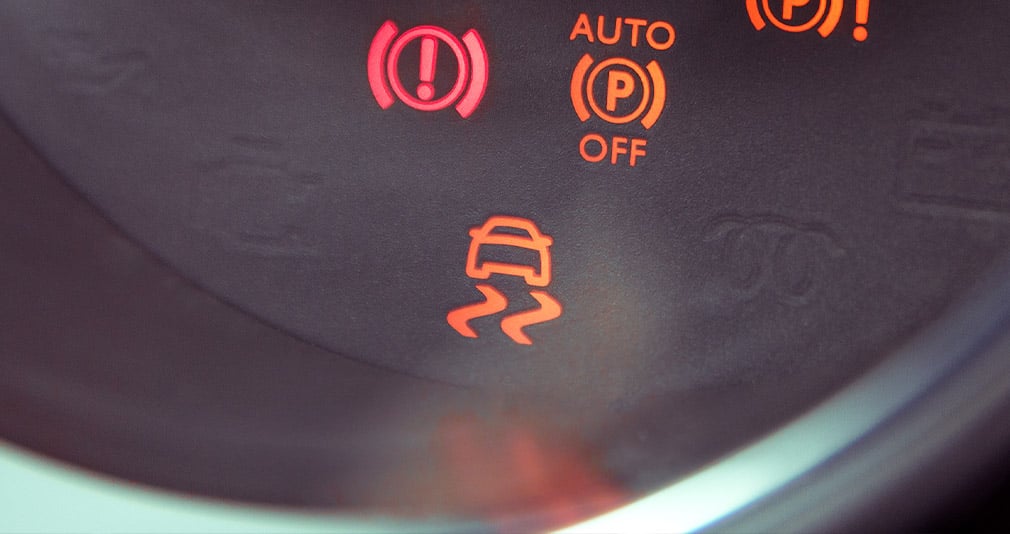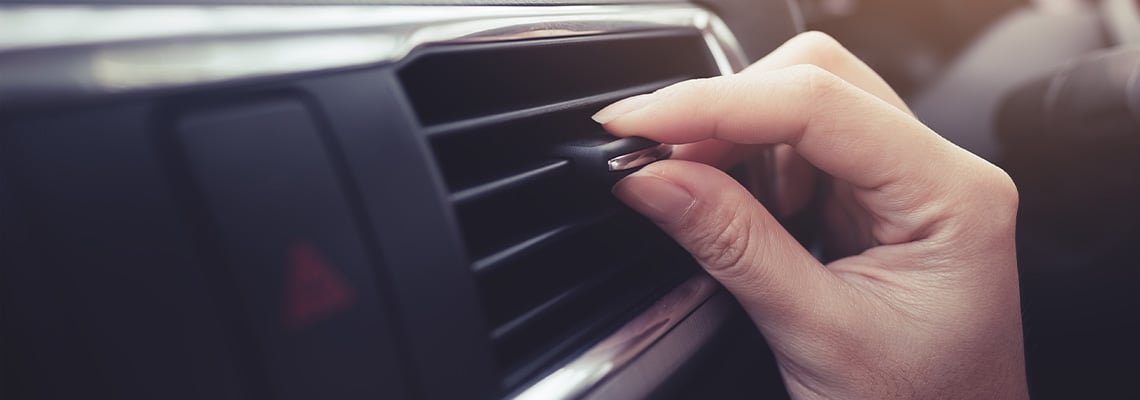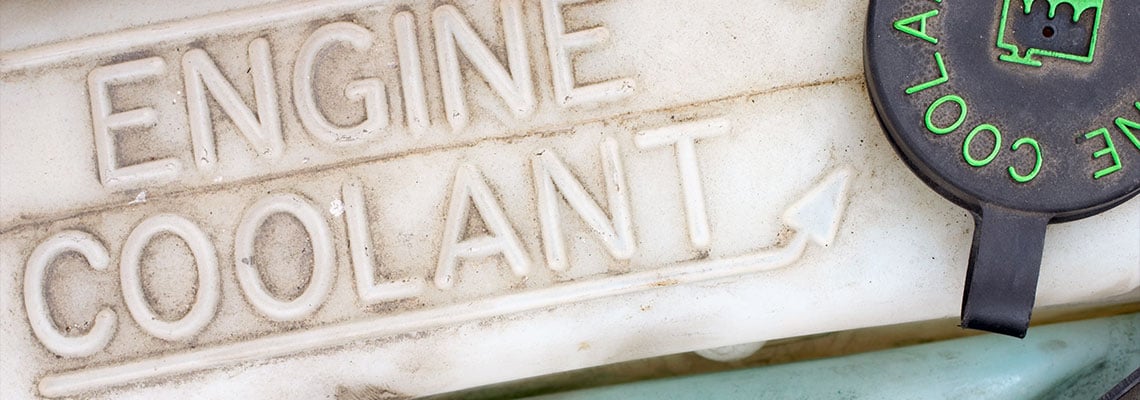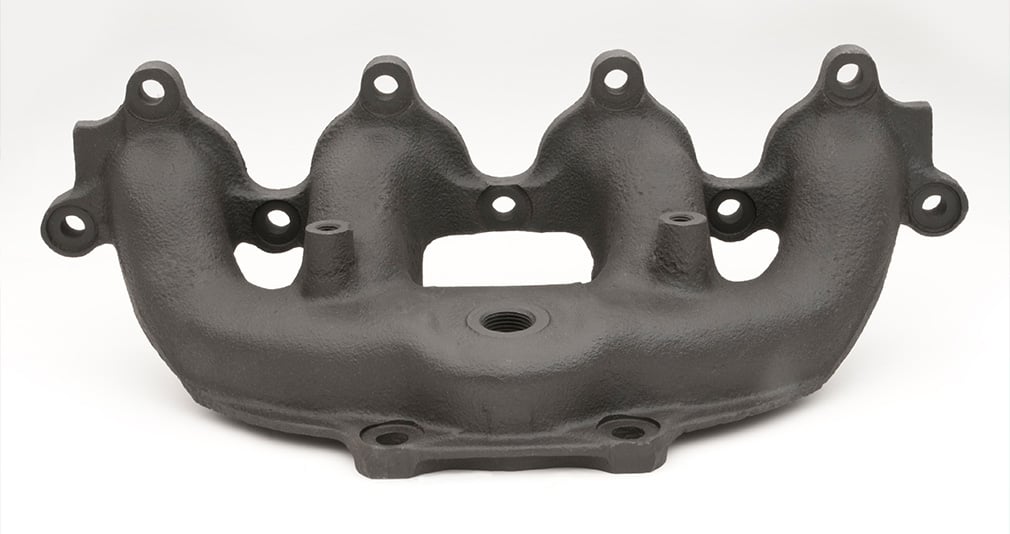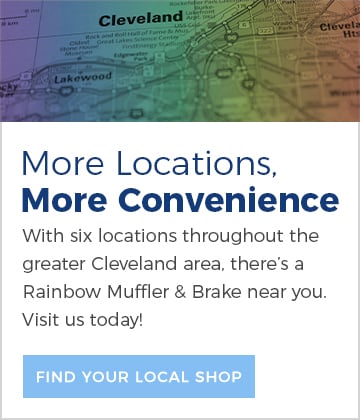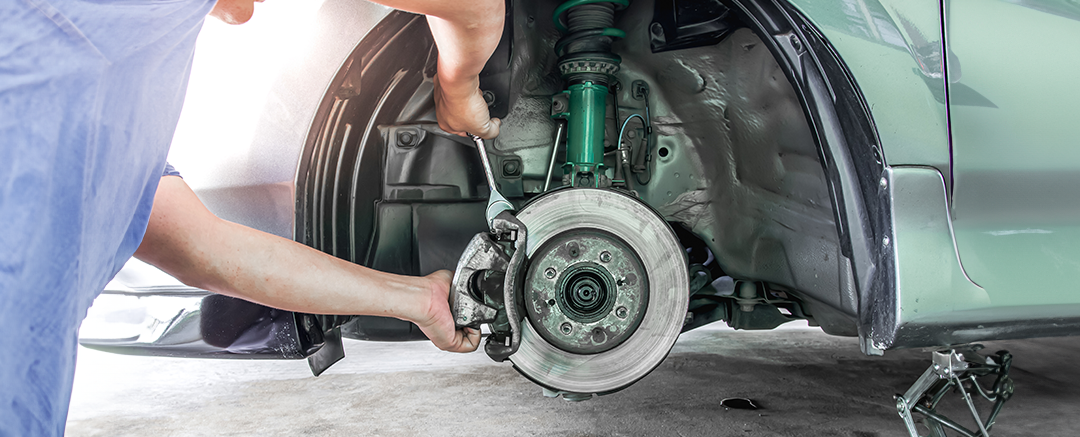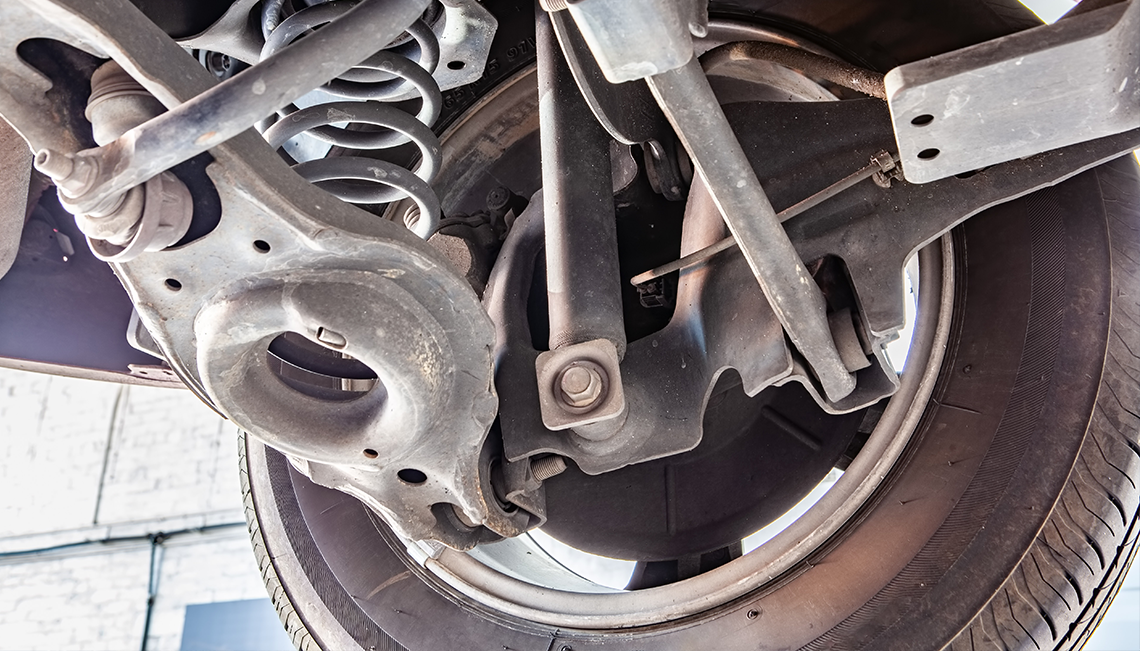Have you ever heard of a brake fluid flush? What is it? Do you really need one?
Unfortunately, most drivers don’t think much about preemptive brake maintenance. Instead, they wait until their brakes, rotors or pads fail and need to be replaced. Even if you take care of your brakes and replace pads and other components when your mechanic recommends it, you might still wonder if you really need to have your brake system flushed regularly.
We all want to do what is best for our cars to keep them safe on the road and running as long as possible, but what, exactly, is the purpose of a brake fluid flush and what does a brake fluid flush cost? Is it necessary and worth the money?
What is a brake fluid flush?
Your brake system has a lot of working parts. Typically, a car has disk brakes in the front and either disk brakes or drum brakes in the back. Everything is connected by a system of hoses and tubes that link the brake at each wheel to the master cylinder. The parking brake, power brake booster and anti-lock system are also part of the overall brake system.
When you hit the brake pedal, a plunger pushes against the master cylinder, which forces brake fluid through the connected hoses to the brake at each wheel. On disk brakes, fluid is forced into a caliper, where it presses against a piston that squeezes the brake pads against the disk and forces the wheel to slow or stop. On drum brakes, the fluid is forced into the wheel cylinder and pushes the brake shoes against the drum to stop the wheel.
In both cases, brake fluid plays an integral role in your car’s overall brake system.
As the brake system’s components deteriorate over time, small pieces of rubber, rust and other debris flake off and can land in your brake fluid. When this fluid gets dirty, it becomes less effective, which means your brakes won’t work as well.
Also, because brake fluid is hygroscopic, it absorbs 3% of its weight in water each year, which makes a brake fluid flush even more important.
A brake fluid flush essentially takes all the old, dirty brake fluid out of your system and replaces it with fresh, clean fluid. Including a brake fluid flush in your regular car maintenance is important and should be done around every 30,000 miles or every two years, whichever comes first.
In addition, checking the brake fluid level periodically is recommended. After all, low brake fluid can impact the overall effectiveness of your braking power. See our page for more information on brake fluid top-offs.
How does a brake fluid flush work?
It is possible to change your own brake fluid, but a mechanic can do it quickly and more thoroughly in the shop with a brake-flushing machine. If you do decide to do it yourself, make sure to use a high-quality brake fluid. It’s also important to note that outside air can quickly contaminate brake fluid, causing water vapor to combine with the fluid. This contamination can ultimately damage your entire brake system, so be careful.
If you take your car into the shop, the technician will first locate the brake fluid reservoir and remove all the old fluid before replacing it with new fluid. Then, to remove the old fluid from the brake valve, your car will need to be jacked up and all four wheels removed. To flush the fluid, tubing is connected to the brake valve on one end with the other end emptying into a container to collect the fluid.
A second technician will pump the brakes and then hold down the brake pedal while the other technician cracks open the valve. The old brake fluid should then empty into the container. Old brake fluid is a dark color, whereas new fluid has a yellow tint.
The “flushing” process is repeated until the container shows that the new, clean fluid is reaching the brakes. The process is continued on all four brakes before the wheels are put back on the car. A road test can then be conducted to make sure the brakes are working optimally.
Generally, a brake fluid flush costs around $100, with most of that cost going towards labor.
Brakes are arguably the most important system on your car, next to the engine itself. Over time, the components of your brake system wear down. Regularly changing out your brake fluid can make your car safer, as well as extend the life of your brake components and save you money down the road.
Have you noticed that your brakes aren’t working properly? Are they grinding or making other unusual sounds? Does your steering wheel shake when braking? Has it been awhile since you had your brakes checked by a professional mechanic? To have your brake system checked out or to learn more about your vehicle’s recommended maintenance schedule, visit one of Rainbow Muffler & Brake’s Cleveland Ohio mechanics today, or one of our expert mechanics at our Maple Heights auto repair shop.



